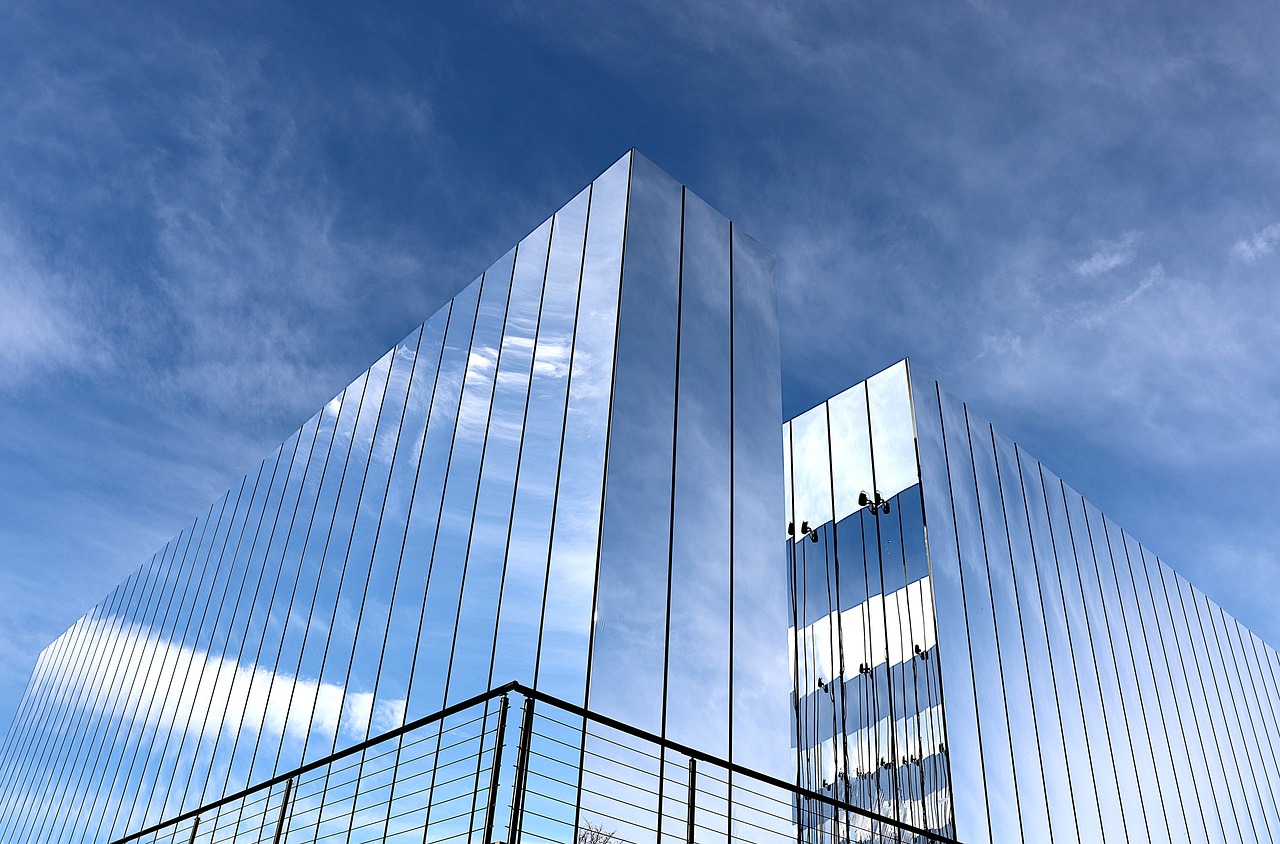It’s so great to see that environmental concerns are at the forefront of global discussions! This is really important because it means that we can work together to find solutions to the challenges we’re facing. One of the best ways to do this is by integrating green practices into design processes. This helps us to create products, buildings, and systems that not only meet human needs, but also protect our planet for future generations. In this article, we’re going to explore the principles of sustainable design, its importance, and practical applications across industries.

What is Sustainable Design?
Sustainable design refers to the creation of products and environments that minimize negative impacts on the ecosystem. It encompasses a range of practices aimed at reducing waste, conserving energy, and utilizing renewable resources. The core principles include:
- Energy Efficiency: Designing buildings and products that consume less energy.
- Material Selection: Choosing sustainable materials that are recyclable, biodegradable, or sourced from renewable resources.
- Waste Reduction: Implementing strategies to minimize waste during production and throughout the lifecycle of a product.
- Water Conservation: Designing systems that reduce water usage and promote water recycling.
- Social Sustainability: Ensuring designs are accessible, equitable, and beneficial to communities.
Why is Sustainable Design Important?
1. Environmental Impact
The most significant benefit of sustainable design is its positive impact on the environment. By reducing resource consumption and minimizing pollution, we can help combat climate change and preserve biodiversity.
2. Economic Advantages
Sustainable design often leads to cost savings in the long run. Energy-efficient buildings reduce utility bills, while using recycled materials can lower production costs. Moreover, consumers increasingly prefer eco-friendly products, creating a market advantage for companies that prioritize sustainability.

3. Enhanced Quality of Life
Sustainable design promotes healthier living environments by improving air quality, reducing noise pollution, and providing access to green spaces. These factors contribute to overall well-being and quality of life for individuals and communities.
4. Innovation and Creativity
The challenges posed by sustainability inspire innovative solutions and creative thinking in design processes. Designers are encouraged to think outside the box, leading to groundbreaking ideas that can revolutionize industries.
Applications of Sustainable Design
1. Architecture
Architects play a crucial role in sustainable design by creating energy-efficient buildings that utilize natural light and ventilation. Green roofs, solar panels, and rainwater harvesting systems are just a few examples of how architecture can contribute to sustainability.
2. Product Design
From furniture to consumer electronics, product designers are increasingly adopting sustainable practices by using eco-friendly materials and designing for longevity rather than planned obsolescence.
3. Fashion Industry
The fashion industry is notorious for its environmental impact; however, many designers are now embracing sustainable fashion by using organic fabrics, implementing ethical manufacturing processes, and encouraging circular fashion through recycling programs.
4. Urban Planning
Sustainable urban planning focuses on creating livable cities with efficient public transportation systems, green spaces, and mixed-use developments that reduce reliance on cars and promote community engagement.
How to Incorporate Sustainable Design into Your Projects
- Conduct a Sustainability Assessment: Evaluate your current practices and identify areas for improvement.
- Educate Yourself: Stay informed about sustainable materials, technologies, and trends in your industry.
- Collaborate with Experts: Work with sustainability consultants or experts who can provide insights tailored to your specific project.
- Engage Stakeholders: Involve community members in the design process to ensure their needs are met while promoting social sustainability.
- Measure Impact: Establish metrics to assess the environmental impact of your designs and make adjustments as needed.
Conclusion
Sustainable design is not just a trend; it’s a necessity for our planet’s future. By embracing eco-friendly practices in our designs whether in architecture, product development, or urban planning we can contribute to a healthier environment while fostering innovation and economic growth.
Hi, Neat post. There’s a problem with your web site in internet explorer, would test this… IE still is the market leader and a big portion of people will miss your excellent writing because of this problem.
I’ve been surfing online more than three hours today, yet I never found any interesting article like yours. It’s pretty worth enough for me. Personally, if all site owners and bloggers made good content as you did, the web will be a lot more useful than ever before.